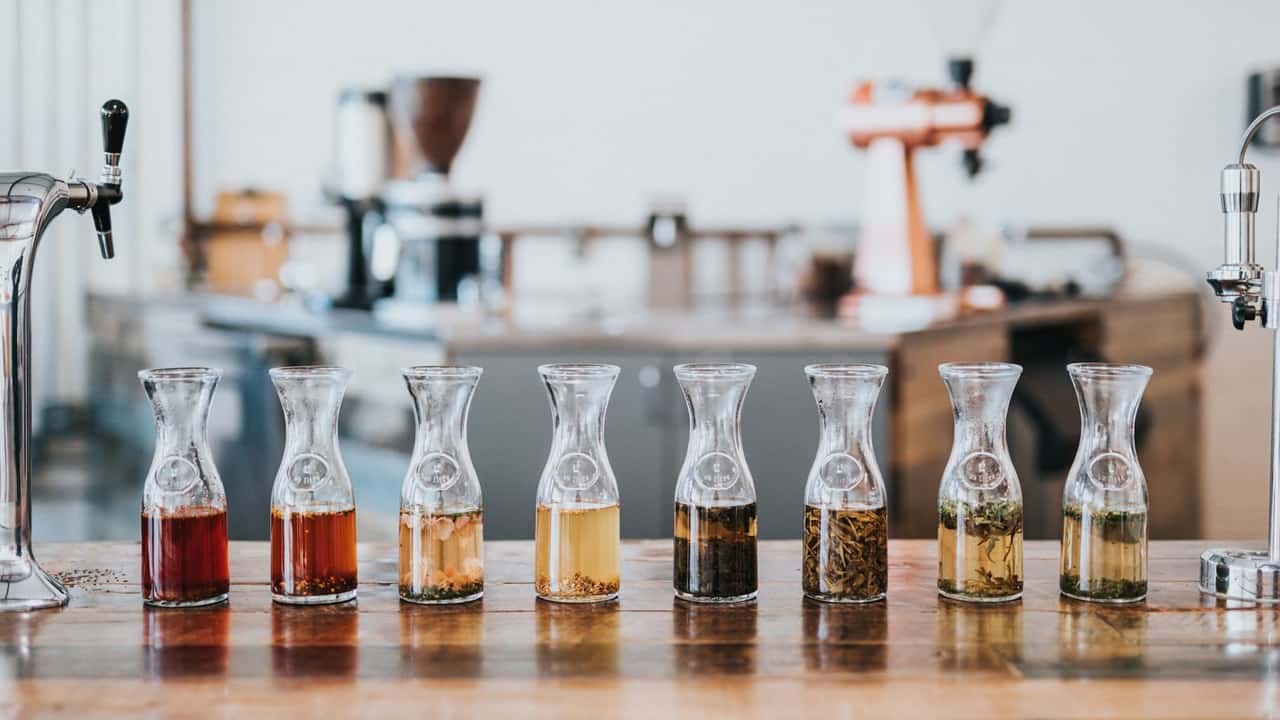When it comes to exploring the world of tea, there are various terms and concepts that may seem unfamiliar. One such term is astringent, which plays a significant role in how we perceive the taste and texture of tea. In this article, we will delve into the meaning of astringency in tea terms and its implications for tea enthusiasts.
What is Astringent?
In simplest terms, astringency refers to the sensation of dryness or puckering that occurs in the mouth when drinking tea. It is often described as a mouth-drying or mouth-coating effect, similar to the feeling you experience when biting into an unripe fruit or drinking a strong black tea without any sweeteners. Astringency is influenced by several factors, including the type of tea leaves used, brewing techniques, and steeping time.
Astringent Tea: Exploring the Factors
Astringency in tea is a complex phenomenon influenced by various factors. Let’s break it down and explore its intricacies:
1. Polyphenols
Polyphenols, particularly tannins, are the primary compounds responsible for astringency in tea. These natural plant compounds are found in tea leaves and create a drying sensation in the mouth. The amount of polyphenols present varies among different types of tea, such as black, green, oolong, or white.
2. Leaf Grade
The leaf grade, which refers to the size and quality of tea leaves, affects the astringency level in tea. Finely plucked tea leaves, such as those used in high-quality loose-leaf teas, often produce a smoother and less astringent cup, compared to lower-quality tea leaves.
3. Steeping Time
The duration for which the tea leaves are steeped in hot water significantly impacts the astringency level. Longer steeping times generally lead to a more astringent brew, whereas shorter steeping times may result in a milder flavor with reduced astringency.
4. Water Temperature
The temperature of the water used for brewing also affects astringency. Higher water temperatures tend to bring out more astringent notes in tea, while lower temperatures may result in a smoother cup with milder astringency.
5. Tea Origin
The region or country where the tea is grown can influence its astringency. Different soil compositions, climate conditions, and tea cultivation practices contribute to variations in astringency levels among teas from different origins.
| Polyphenols | Leaf Grade | Steeping Time | Water Temperature | Tea Origin |
|---|---|---|---|---|
| Determines astringency levels | Higher quality leaves result in smoother tea | Longer steeping time leads to more astringency | Higher temperatures enhance astringency | Origins may have varying astringency levels |
Astringency and Tea Enjoyment
While some tea drinkers may perceive astringency as a negative attribute, it is important to note that astringency lends complexity and depth to tea flavor profiles. When balanced with other taste characteristics, astringency can contribute to a well-rounded and satisfying tea experience. For those who prefer less astringent teas, opting for varieties like white tea or certain green teas may be recommended.
By understanding the concept of astringency and how different factors influence it, tea enthusiasts can enhance their brewing techniques and preferences to suit their desired taste profile.
So, next time you take a sip of your favorite tea, pay attention to the astringency, appreciate its unique character, and embrace the diversity that tea has to offer.

